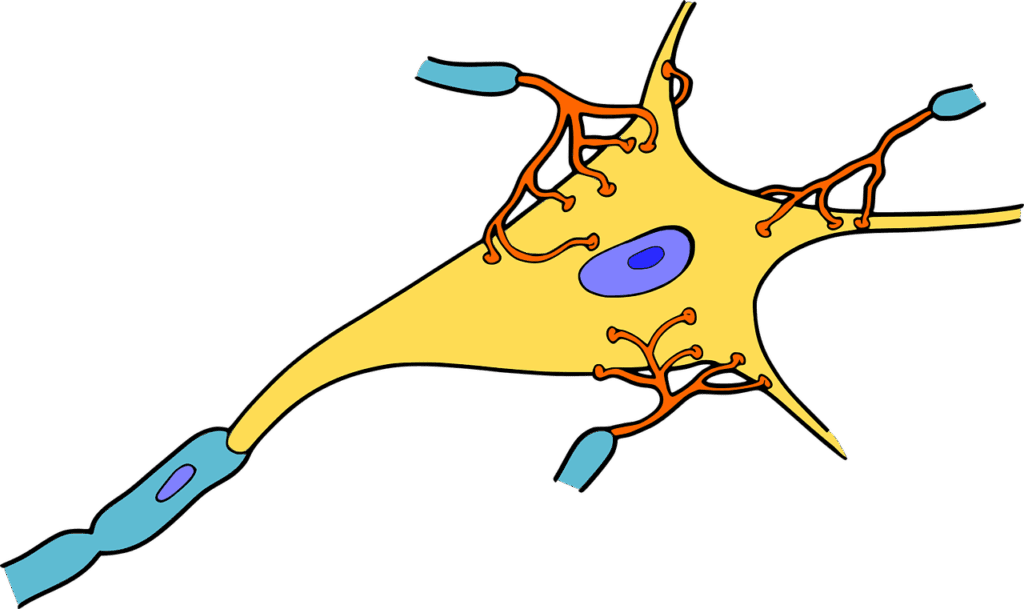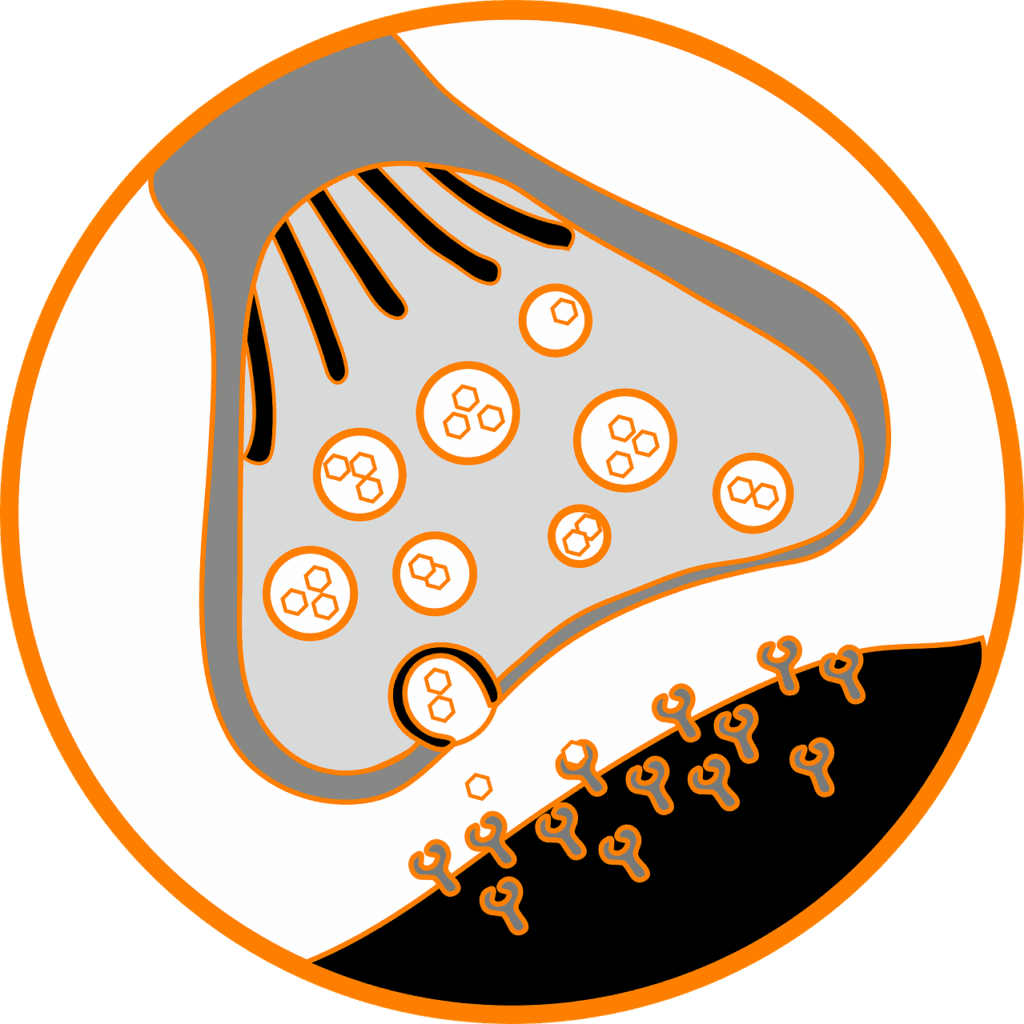SSRIs
May 21, 2025
How do SSRIs work?
The short answer:
SSRI stands for Selective Serotonin Reuptake Inhibitors – these are medications that are designed to increase the amount of serotonin floating around in the brain, which for some people, seems to help reduce symptoms of anxiety and depression.
The long answer:
The brain is incredibly complex, and there is still much that we don’t understand. However, we do know that one of the main ways our brain cells (neurons) communicate is by using neurotransmitters (like serotonin, dopamine, norepinephrine, etc). A neuron receives a signal, which prompts it to release a neurotransmitter into the gap (synapse) between it and the neuron-next-door. The serotonin then binds to a receptor in that neuron-next-door to trigger another action. The serotonin is then released back into the gap (synapse) and it gets slurped back up (reabsorbed) into the original neuron that released it. This process of getting reabsorbed into the original neuron is called “reuptake”.
SSRIs (Selective Serotonin Reuptake Inhibitors) selectively inhibit (block) the reuptake of serotonin. In other words, it blocks the reabsorption of serotonin, so the serotonin floats around in the synapse longer. And while it hangs out there, maybe it binds again to the neuron-next-door. In this manner, the medicine “tricks” the brain into acting like there is more serotonin than there actually is. For many people, this intervention reduces the frequency, severity, and duration of symptoms related to anxiety and depression.


Left: A neuron, with the ends of other neurons connecting to it. Right: A synapse (gap between neurons), with neurotransmitters flowing top to bottom, to bind to receptors on the neuron below. Once finished binding, they are brought back up into the first neuron and stored for later use.
Leave a Reply Cancel reply
terms of use
Privacy policy
copyright 2025 - Stacy mcallister, llc all rights reserved
contact
FAQ
services
about
home
McAllister Mental Health is committed to protecting your privacy. We use secure, HIPAA-compliant platforms including Valant (EHR & telehealth) and iPlum (communication). For more information, view our Privacy Policy and Notice of Privacy Practices.